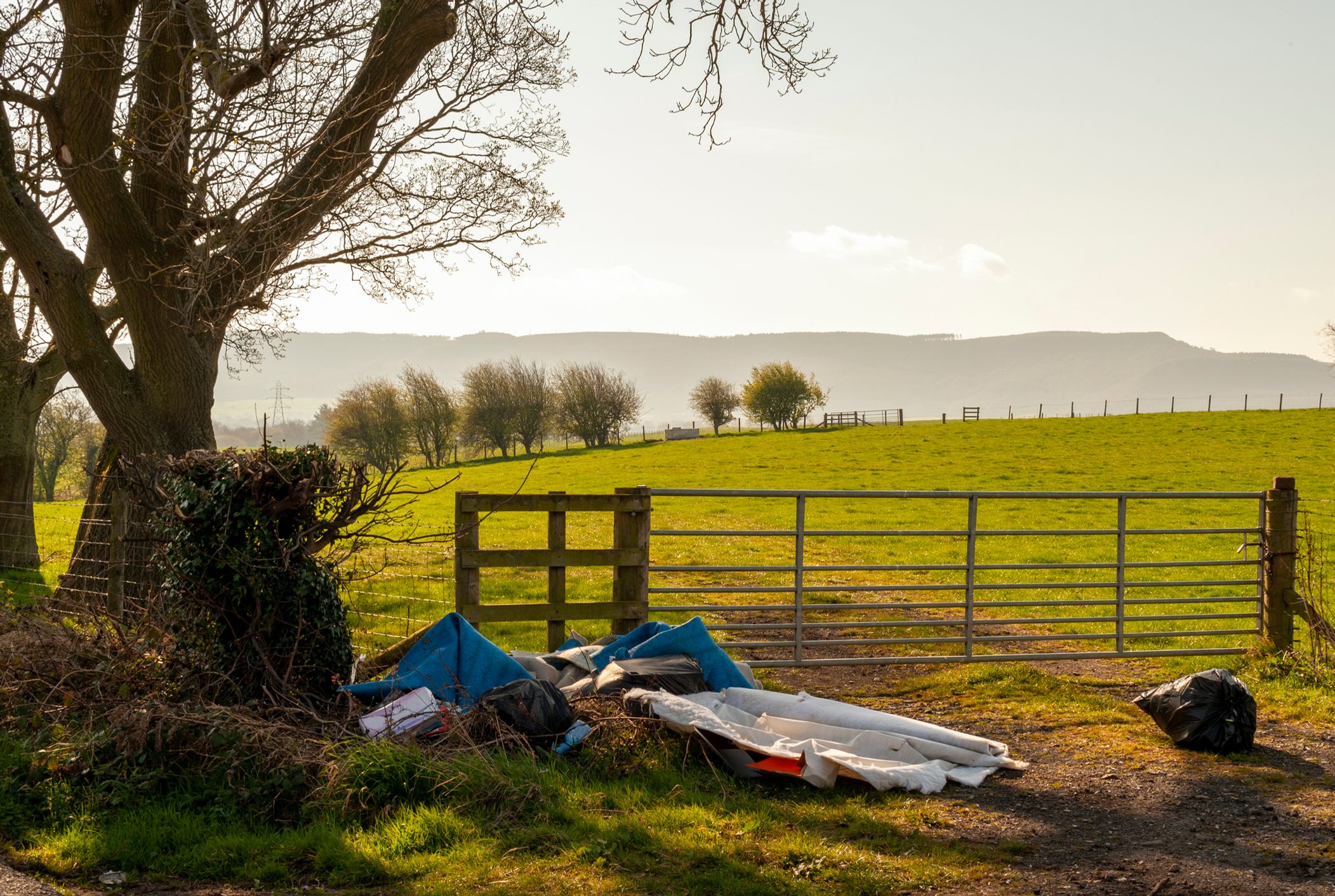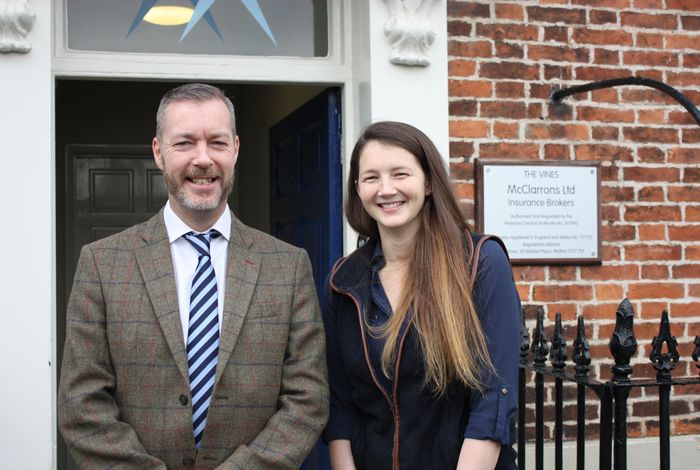Many charities and third sector organisations don’t have the luxury of financial security that other businesses have, but that’s not to say that they can’t have confidence in the kind of support that is going to see them through difficult times. All this support takes is the right insurance, and a bit of forward thinking, to give you a safety net when things go wrong, and an idea of how to get things back on track. This is where having a Business Continuity Plan in place is invaluable.
What is a business continuity plan?
Slow reactions, confusion, and the absence of alternatives can all be avoided with a Business Continuity Plan – a carefully devised process which allows you to move forward in the event of a business disaster of whatever scale, and get back to where you began as a charity before adversity hit.
Why it’s an essential
The nature and scale of a problem faced by your charity is undoubtedly going to have some sway on how quickly you can move past it, if at all. But having a Business Continuity Plan allows you to react swiftly and appropriately at a critical time. This boosts the effectiveness of any business interruption insurance you have in place and provides evidence of good risk management, which could help lower your premium – something that is particularly helpful in a sector which is forced to be particularly frugal with expenditures.
What you need to consider
When building your Business Continuity Plan, you should think about which activities are paramount to your organisation’s survival and the service you provide. If for example, as is the case for most charitable organisations, fundraising and delivery of service are at the top of the list, then anything that is going to affect these activities is going to cause big problems.
Timings
Time frames for getting back up and running will depend entirely on your business, but could be determined by how sponsors, local authorities or service users are willing to wait before going elsewhere.
Threats
Fire, flood and cyber crime are three plausible and highly damaging risks, and these can be minimised in the first instance with careful risk assessments, and the aftermath planned for to help your charity cope during the initial period after the incident.
Documentation
Your Business Continuity Plan will come together in a series of easily accessible documents, including numbers of third party suppliers, key external authorities and utility companies, insurance documents, a risk assessment, and of course your Business Continuity Plan itself.
How to get started
Your insurance broker or insurer want to help you make the best of any insurance policies you have in place, and so are the obvious choice to go to for help with your Business Continuity Plan. Some have templates that smaller organisations can follow, while certain insurance policies provide access to free help and document suites, which again may provide templates as well as other useful resources like review services. Failing that there are organisations who specialise in providing BCP plans bespoke to your organisation, and while there will be costs involved here, these will be marginal compared what your organisation and its beneficiaries stand to lose without a solid plan in place.
As a charity you may be best placed discussing this with your insurance broker. McClarrons’ charity insurance specialists can offer you advice on how best to go about formulating your own Business Continuity Plan. To discuss your charity’s insurance needs contact our care team on 01653 697055 or by emailing care@networkportfolio.co.uk/mcclarroninsurance.com.
























